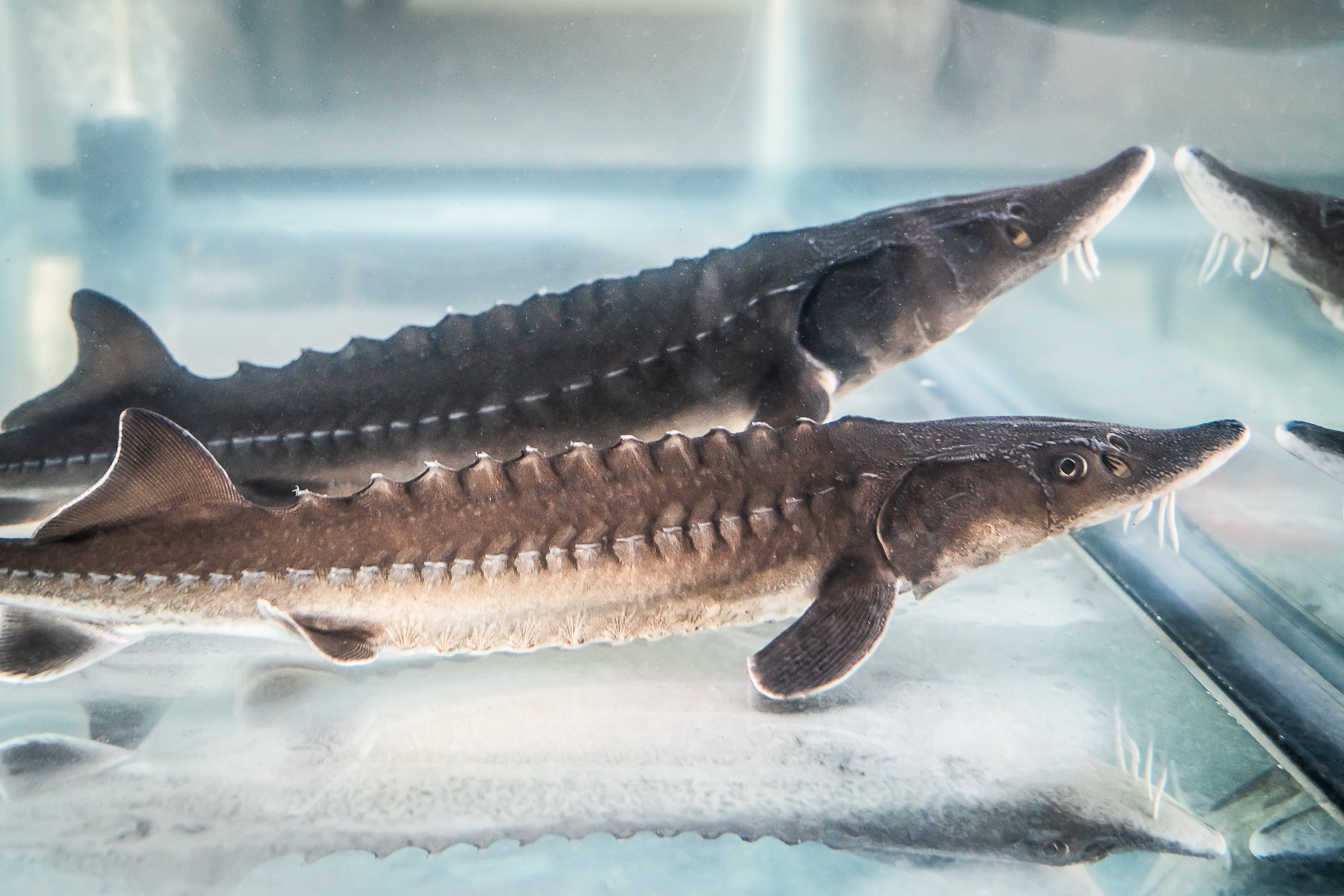

Featured studies

Fish survival is a design constraint alongside efficient power production in our turbine and plant design.
Why conduct real world fish passage testing?
We conduct through-turbine passage testing with a variety of fish species and life stages under different operating conditions to understand the physical limits of safe turbine passage for all applications. In addition to extensive computer modeling and computational fluid dynamics (CFD) testing, the use of fish in scientific research remains an important step in the design of high-performance FishSafe™ turbines.The humane treatment of all fish used for turbine passage testing is vital, both ethically and scientifically. We collaborate with biologists, ecologists, and fish passage engineers around the world to design experiments and disseminate the findings in scientific literature. Our researchers are strong advocates of animal welfare and view their work with fish as a privilege. We abide by all rules and regulations dictated by the American Fisheries Society’s Guideline for Use of Fishes in Research, as well as with the guidelines established by the National Institutes of Health outlined in their Public Health Service Policy on Humane Care on Use of Laboratory Animals.
Why test at small scale?
Testing live fish in a highly controlled environment is a powerful tool for understanding how different blade shapes and operating conditions affect fish of different species and life stages. A transparent turbine runner housing enables us to capture high-speed video, allowing us to directly observe and analyze any potential interactions between fish and the runner. These experimental observations inform our computer model predictions of survival through full scale turbines.
Is small-scale testing required for every project?
No, small-scale testing is a valuable option that can provide additional assurance and insight for specific research and development needs, but it is not an essential part of the FishSafe™ turbine design process. Our models and CFD simulations are the primary tools used to predict and validate the survival rates of fish in our full-sized turbine designs.





.png)

